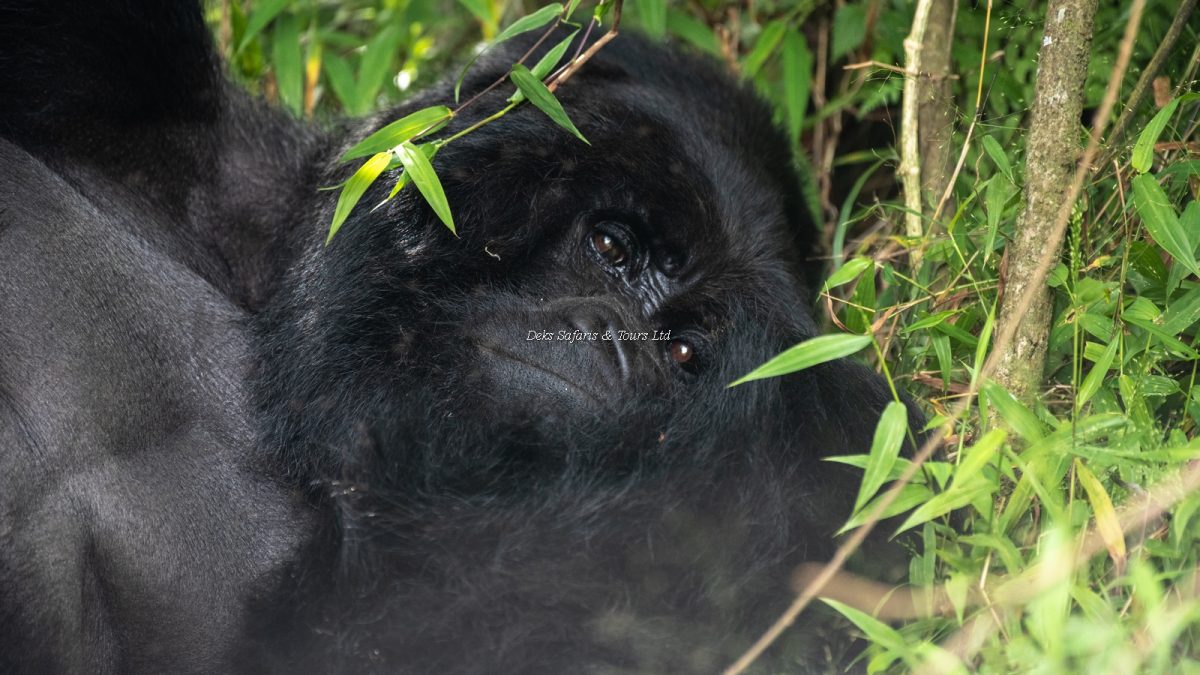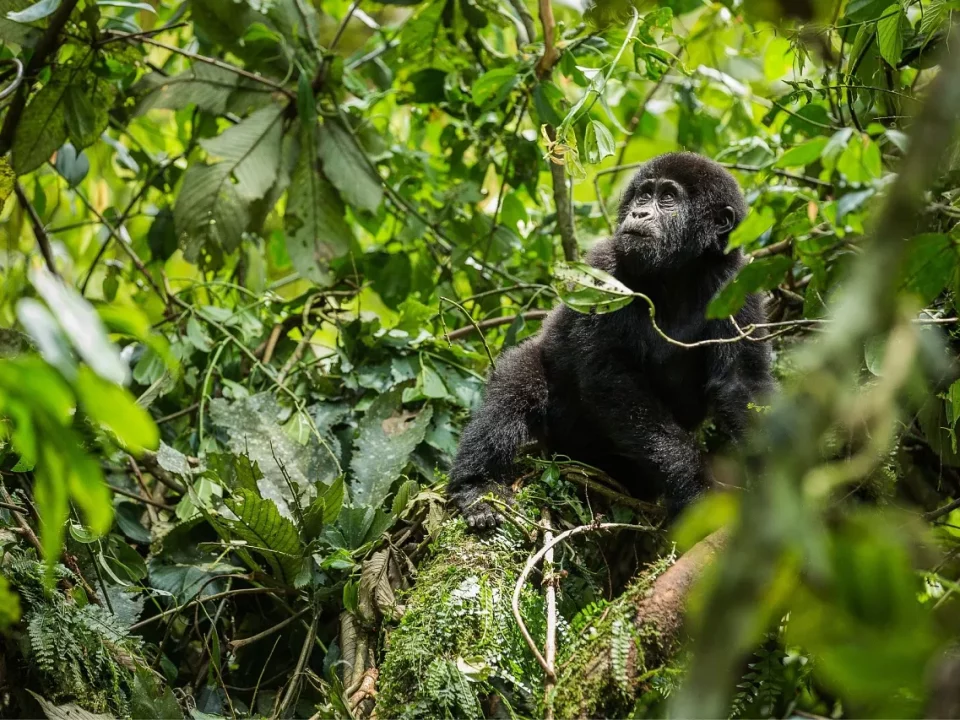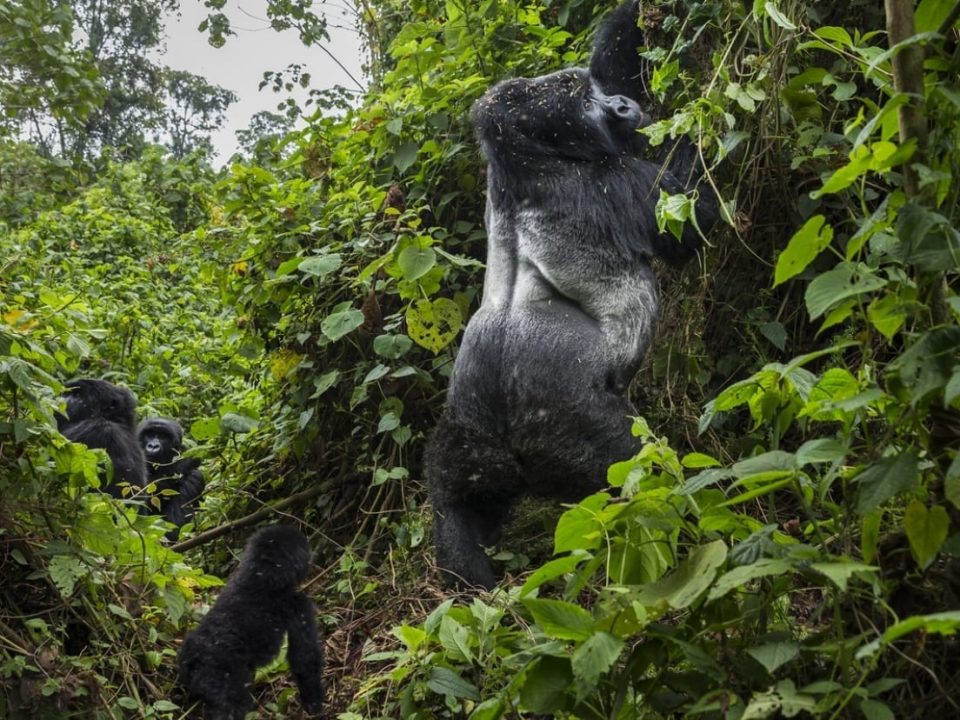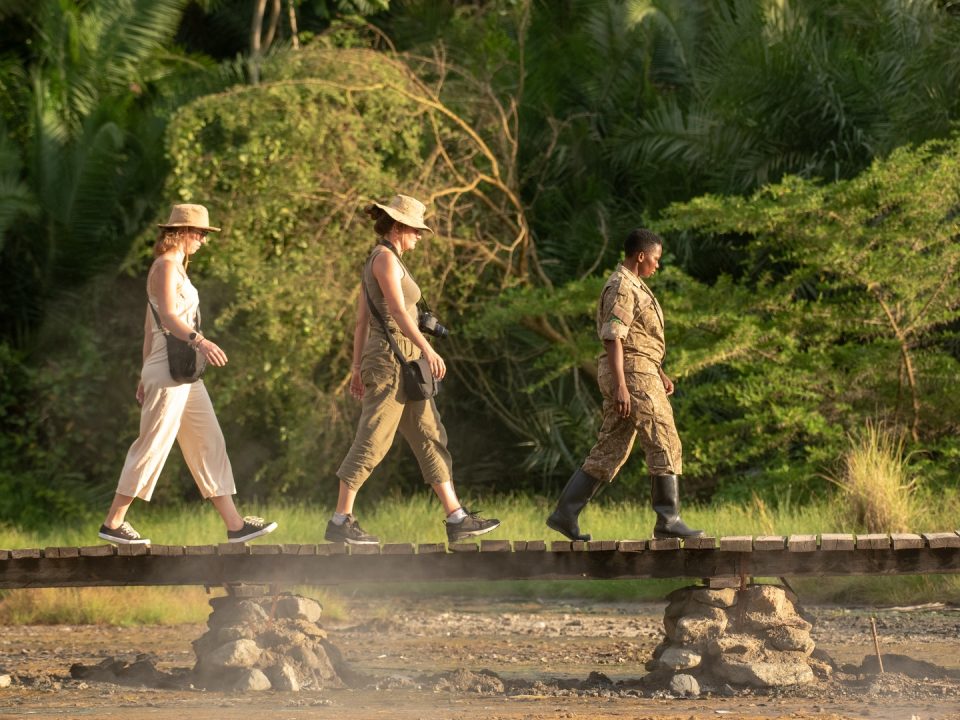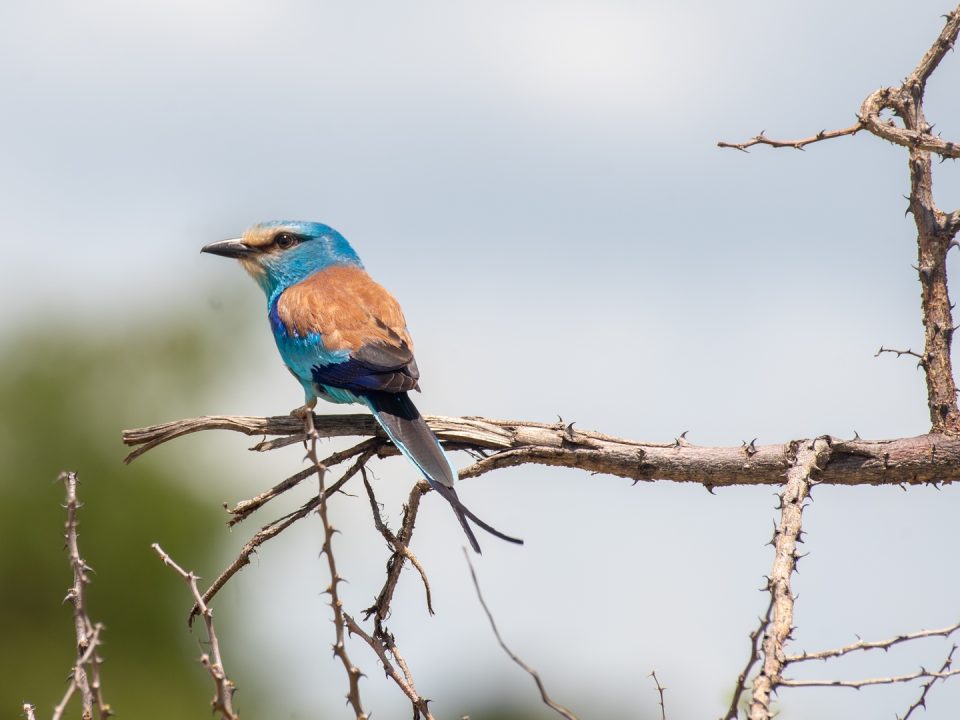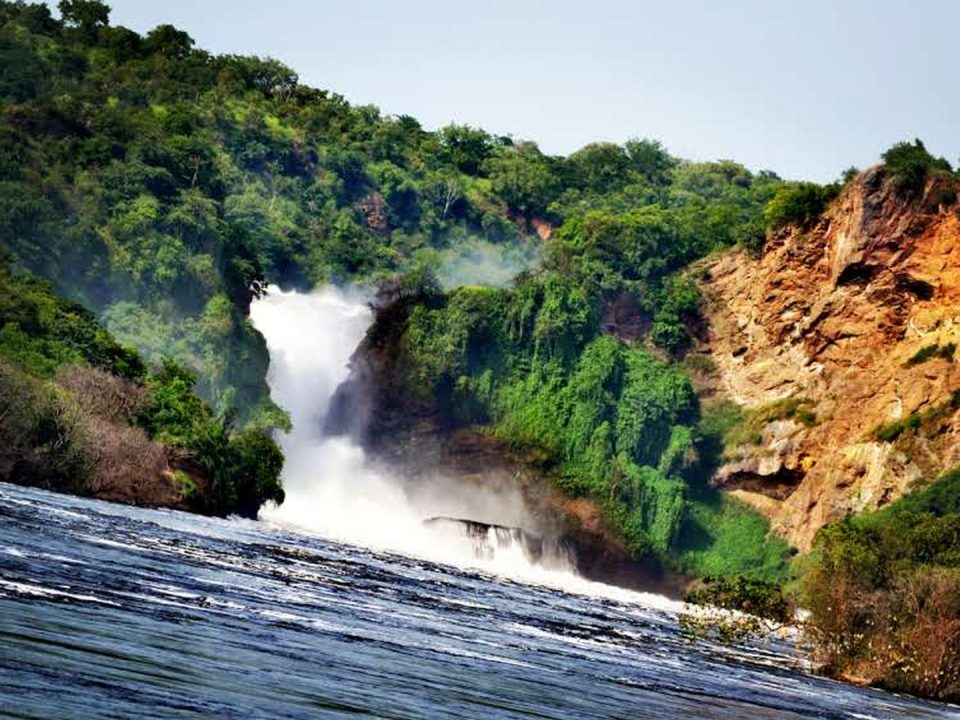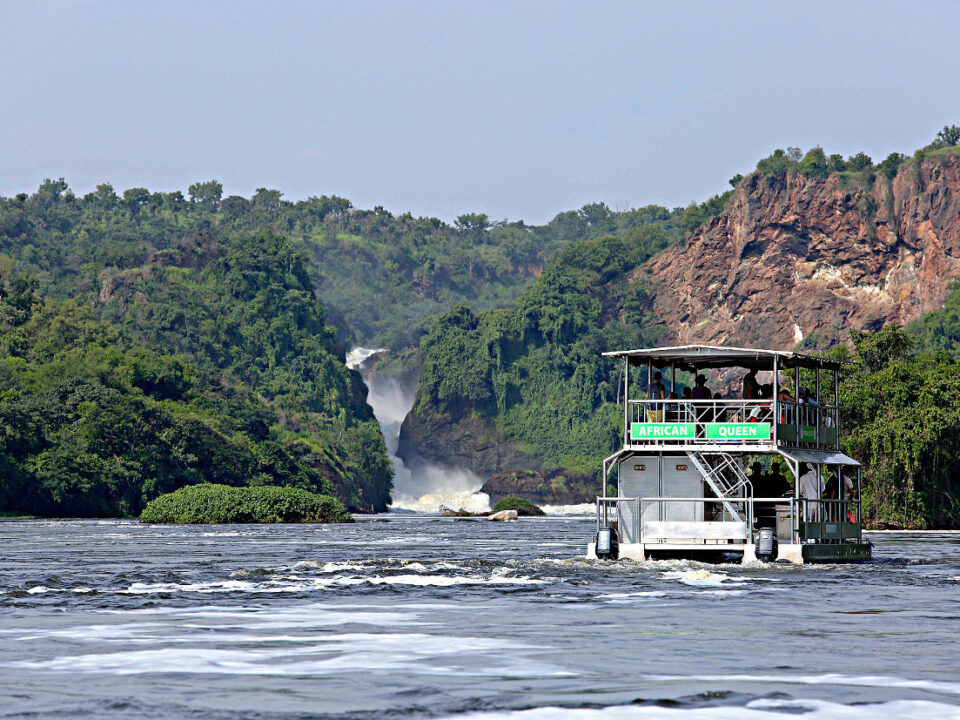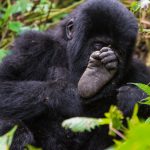How Fit Do You Need to Be for Uganda Gorilla Trekking?
How Fit Do You Need to Be for Uganda Gorilla Trekking? Gorilla trekking in Uganda is one of the most awe-inspiring wildlife experiences you can undertake. Tracking and observing mountain gorillas in their natural habitat is a rare and thrilling opportunity, but it does come with a physical demand. Understanding how fit you need to be for the trek is essential to ensure that you are well-prepared for the challenges of the terrain, the trek’s length, and the physical exertion required. In this article, we will explore the physical requirements for Uganda gorilla trekking, the factors that determine the difficulty of the trek, and provide tips on how to prepare for the adventure.
Exceptional East Africa Safari Packages
- 6 Days Uganda Adventure Tour
- 6 Days Uganda Safari
- 7 Days Uganda Safari
- 7 Days Uganda Tour
- 8 Days Uganda Safari
- 8 Days Uganda Tour
- 9 Days Uganda Safari
- 9 Days Uganda Wildlife Tour
- 15 Days Best of Uganda Safari
- 15 Days Ultimate Uganda Safari
- 21 Days Around Uganda Safari
- 21 Days Uganda Safari
- 3 Days Bwindi Gorilla Trekking
- 4 Days Uganda Safari
- 4 Days Gorilla Trekking Safari
- 5 Days Uganda Tour
- 5 Days Uganda Safari
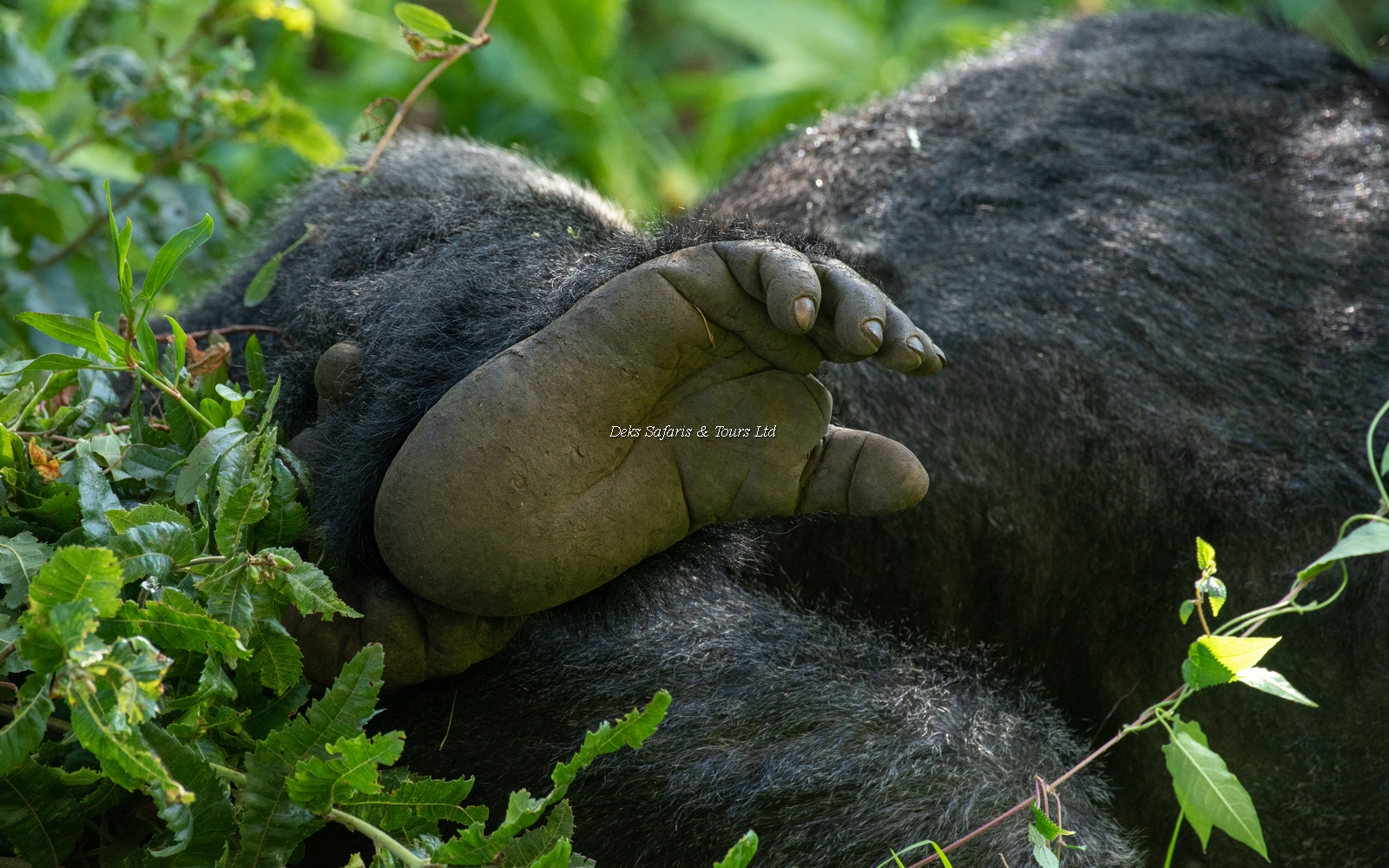
How Fit Do You Need to Be for Uganda Gorilla Trekking?
Understanding the Trekking Experience
Uganda’s prime destinations for gorilla trekking are Bwindi Impenetrable National Park and Mgahinga Gorilla National Park, both of which are home to some of the world’s remaining mountain gorillas. The trekking experience in Uganda involves hiking through dense, hilly, and often slippery terrain to locate a group of gorillas, which can take anywhere from 30 minutes to several hours, depending on the location of the gorillas on that particular day.
The gorilla trekking experience is guided by park rangers and trackers, who have intimate knowledge of the gorillas’ whereabouts. However, the hike itself can vary in intensity depending on the gorillas’ location, the weather conditions, and the nature of the terrain. The distance and terrain can make this an active adventure, which means that physical fitness is a key factor to a comfortable and enjoyable experience.
General Fitness Requirements for Gorilla Trekking in Uganda
When preparing for gorilla trekking, a moderate level of physical fitness is generally recommended. However, this does not mean you need to be an elite athlete to participate. The main factors that affect your physical preparation for trekking are your cardiovascular health, stamina, and strength. Here are the key fitness requirements:
Cardiovascular Endurance
Gorilla trekking requires a level of cardiovascular endurance, as you may need to hike for a few hours up steep and sometimes slippery slopes. The trek can be taxing on your heart and lungs, particularly if you are trekking at high altitudes. Having a strong cardiovascular base will allow you to handle the physical demands of hiking through dense jungle or up mountain slopes.
You don’t need to run marathons, but incorporating regular aerobic exercises such as walking, jogging, cycling, or swimming into your routine can help improve your cardiovascular health and stamina. Aim for 30 minutes of moderate exercise, three to four times a week, at least a few months before your trek.
Leg Strength and Endurance
Since the trek is likely to involve ascending and descending steep terrain, leg strength is essential. Your legs will carry you through rugged forest paths, up and down hills, and possibly through muddy or uneven ground. Strong quadriceps, calves, and glutes are necessary for maintaining balance and endurance over the course of the trek.
To build leg strength, try incorporating exercises like lunges, squats, step-ups, and leg presses into your fitness routine. Additionally, hiking or walking on uneven surfaces, such as trails or hills, can be particularly beneficial to simulate the type of terrain you’ll encounter in Uganda’s national parks.
Core Strength
A strong core will help you maintain balance, particularly when trekking over uneven ground or navigating steep inclines. The dense jungle paths can often be slippery or filled with obstacles, so core stability plays a crucial role in preventing falls and maintaining good posture during the hike.
Exercises such as planks, abdominal crunches, and back extensions are excellent for strengthening the muscles that stabilize your torso. Pilates or yoga can also help improve your flexibility, posture, and balance, all of which will come in handy when trekking through challenging terrain.
Trekking Conditions and Terrain
Understanding the conditions and terrain of the trek is important for assessing how physically challenging the experience may be for you. Gorilla trekking takes place in tropical rainforests with steep hills, thick vegetation, and sometimes slippery or muddy paths. The trek can take anywhere from 2 to 6 hours, and while it is typically not a sprint, it does require perseverance and strength. Here are some conditions you should consider:
Elevation and Terrain Difficulty
Bwindi Impenetrable National Park, located in southwestern Uganda, sits at an altitude of approximately 1,200 to 2,500 meters (3,900 to 8,200 feet). Higher altitudes can make breathing more difficult, particularly if you are not accustomed to hiking at elevation. This means that trekkers with respiratory conditions or low fitness levels may find the hike more strenuous than others. Therefore, visitors who are not used to hiking at high altitudes should take extra precautions and may want to consult with a doctor before trekking.
Mgahinga, on the other hand, is located near the Virunga Volcanoes, which are known for their steep slopes and rugged terrain. The slopes can be especially challenging for those who do not have strong legs or sufficient stamina.
Weather Conditions
The weather in Uganda’s rainforests is typically hot, humid, and rainy, with unpredictable showers even in the dry season. The rain can turn paths into slippery mudslides, making the terrain even more difficult to navigate. For this reason, trekkers need to be prepared for both the physical challenge and the possibility of wet conditions. Comfortable, moisture-wicking clothing and appropriate footwear are essential.
How to Prepare for Gorilla Trekking in Uganda
While gorilla trekking is physically demanding, proper preparation can make a significant difference in your comfort level and overall experience. Here are some tips to help you prepare for your trek:
Start Physical Training Early
Begin training at least 3 to 6 months before your trip. Gradually increase the intensity and duration of your workouts, focusing on aerobic exercise, leg strength, and core stability. Aim to build endurance and stamina so that your body is well-prepared for the trek.
Include Hiking in Your Routine
If possible, incorporate hiking into your preparation routine, especially on uneven terrain. This will help you get used to the physical effort of trekking on hills and difficult ground. Carrying a light backpack while hiking can help simulate the conditions of the actual trek.
Get Comfortable with Long Walks
Gorilla trekking can take several hours. Even though it is often broken into segments, you should be comfortable with walking for long periods. Start with long walks around your local area or on nature trails to build stamina and prepare for the trek.
Consult with Your Doctor
Before embarking on a physically demanding trek like gorilla trekking, it is always a good idea to consult with your doctor, especially if you have any underlying health conditions or concerns. They can provide advice tailored to your fitness level and help ensure you are physically fit for the journey.
Alternative Options for Less Fit Trekkers
If you’re concerned about the physical difficulty of the trek but still want to experience gorilla trekking, some options may help you enjoy the experience more comfortably:
- Gorilla Habituation Experience: This experience, available in Uganda’s Bwindi Impenetrable National Park, is more leisurely than regular trekking, with easier access to the gorillas.
- Porters: You can hire porters to assist with carrying your gear or to help you navigate the terrain. They can also provide a steady hand if needed, making the trek more manageable.
Conclusion
While gorilla trekking in Uganda is a physically demanding activity, it is not an extreme sport. With adequate preparation, a moderate level of fitness, and the right mindset, most individuals can enjoy this incredible adventure. Building your cardiovascular endurance, strength, and stamina before the trek will enhance your experience and help ensure you are well-prepared for the physical challenges of trekking through Uganda’s rugged terrain.
At Deks Safaris & Tours Ltd., we are committed to making your gorilla trekking adventure as enjoyable and rewarding as possible. Contact us today to learn more about how we can assist with planning your trek to see the mountain gorillas of Uganda!

